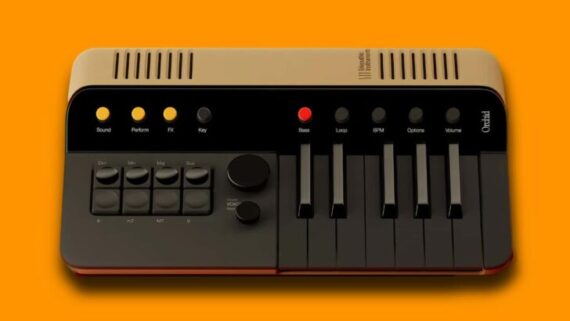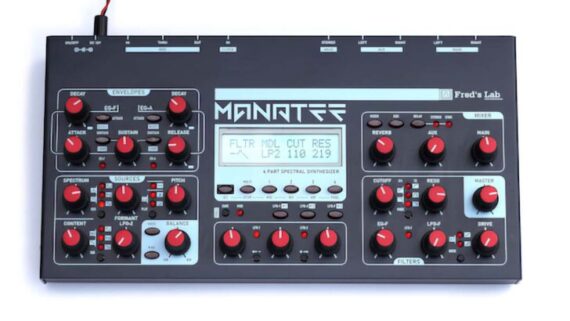Telepathic Instruments Orchid ‘Ideas Machine’ For Music – But Watch Out For ‘Too Much Jazz’
Telepathic Instruments shared this sneak preview for Orchid, an advanced chord generating hardware synthesizer that they say is “developed for songwriters, producers and musicians to expand the possibilities of songwriting and musical exploration”.
According to Telepathic Instruments, Orchid was first envisioned by Kevin Parker over 10 years ago. The design of the instrument itself has been developed by company co-founder Ignacio Germade.
“Orchid isn’t just about how much you know or don’t know – it’s about shaking up your creative process,” says Charl Laubscher, another of Telepathic Instruments’ co-founders. “It’s a tool for anyone who wants to step outside their musical comfort zone, to experiment and to find what’s on their mind.”
Pitched as being ‘made for chords’ Orchid is a 16-voice digital polysynth that features three distinct synth engines designed by Stefan Stenzel, best known for his work with Waldorf. These offer a virtual analogue subtractive synth, an FM synth engine, and a vintage reed piano emulation. The FM and VA engines each have four oscillators, four LFOs, four envelope generators and a filter.
The synth also features onboard reverb, chorus and delay effects. As well as letting users assign a sound for the main chords, Orchid also has a separate bass synth engine that will generate sound solely for the low-end.
The most interesting aspect of Orchid, however, is its distinctive chord generation system. This is based around a matrix of chord type and chord modifying keys, paired with a single octave keyboard used to dictate the root note of the chord. The central rotary can then be used to repitch and reposition chords, which can then be played back in a number of ways, using the Strum, Slop, Arpeggiator, Pattern and Harp functions. Then you can add a separate bass part and effects to flesh out your idea.
According to its creators, “This process effectively expands the potential of the chords to an entire piano’s key set, not just the 12 keys found on the unit.”

Orchid’s hardware has a unique and stylish design, and also features a number of modern conveniences. There’s a stereo pair of built-in speakers, plus a rechargeable onboard battery. The single octave keyboard is also velocity sensitive.
The Orchid is expected to be available in December 2024, priced at $549. Details are still to come at the Telepathic Instruments site.



